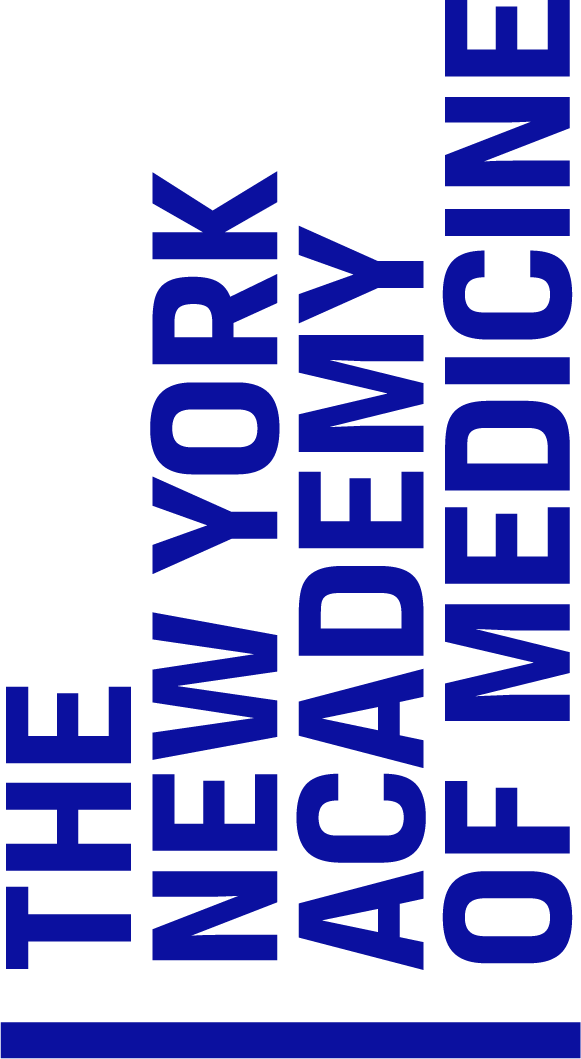Ephemera collections are an extraordinary primary resource for scholars in history, popular culture, and the social sciences, as well as for scholarship in the history of printing and the graphic arts. It is in the printed ephemera of the 19th century that an important chapter in the story of the medical profession, the teaching of anatomy to medical students and the popular exhibition of dissections in public anatomical theaters is told most effectively and in a way which is accessible to a wide audience.
 Hand-colored engraving of James Wilson, known affectionately throughout Edinburgh as "Daft Jamie." Wilson was the next-to-last victim of the Edinburgh Resurrection Men. His suspicious disappearance aroused public concerns; the facts of his murder, as reported during the trial, increased public outrage with his killers.
Hand-colored engraving of James Wilson, known affectionately throughout Edinburgh as "Daft Jamie." Wilson was the next-to-last victim of the Edinburgh Resurrection Men. His suspicious disappearance aroused public concerns; the facts of his murder, as reported during the trial, increased public outrage with his killers.
The ballads, broadsides, pamphlets, elegies and catchpenny prints printed and distributed at public trials and hangings were not unlike the programs sold at baseball and football games today. They allowed the general populace to keep track of the players in the drama going on before them, whether a trial or an execution, and to keep score in a way.
The collection of materials donated to the New York Academy of Medicine’s Library by Dr. Fenwick Beekman under the title The Resurrectionists, contains an extraordinary cache of street literature printed for the popular audience in 1829 who witnessed the trial and execution of William Burke, a member of a team of body snatchers. The doggerel verse and crude images recount the murders and evil deeds of Burke and Hare and their paramours along with eulogies, confessions, last words of the victims, heart rending accounts of the victims’ mothers, and actual transcripts of the trial.
Street literature of this kind became a specialty of certain London printers like John Pitts, a prolific printer of ballads. The printer could make a profit on this kind of literature only if he was able to produce and sell it quickly and cheaply to the audience assembled to attend the trial or execution. Little time could be wasted on the niceties of production; the finished product was more often than not crude utilizing a minimal setting of type and stock wood engravings which could be reused as needed. Body snatching and the murder of individuals to provide the specimens for the anatomical theaters were sensational crimes which attracted a huge audience of the middle and lower classes who needed programs and scorecards.
